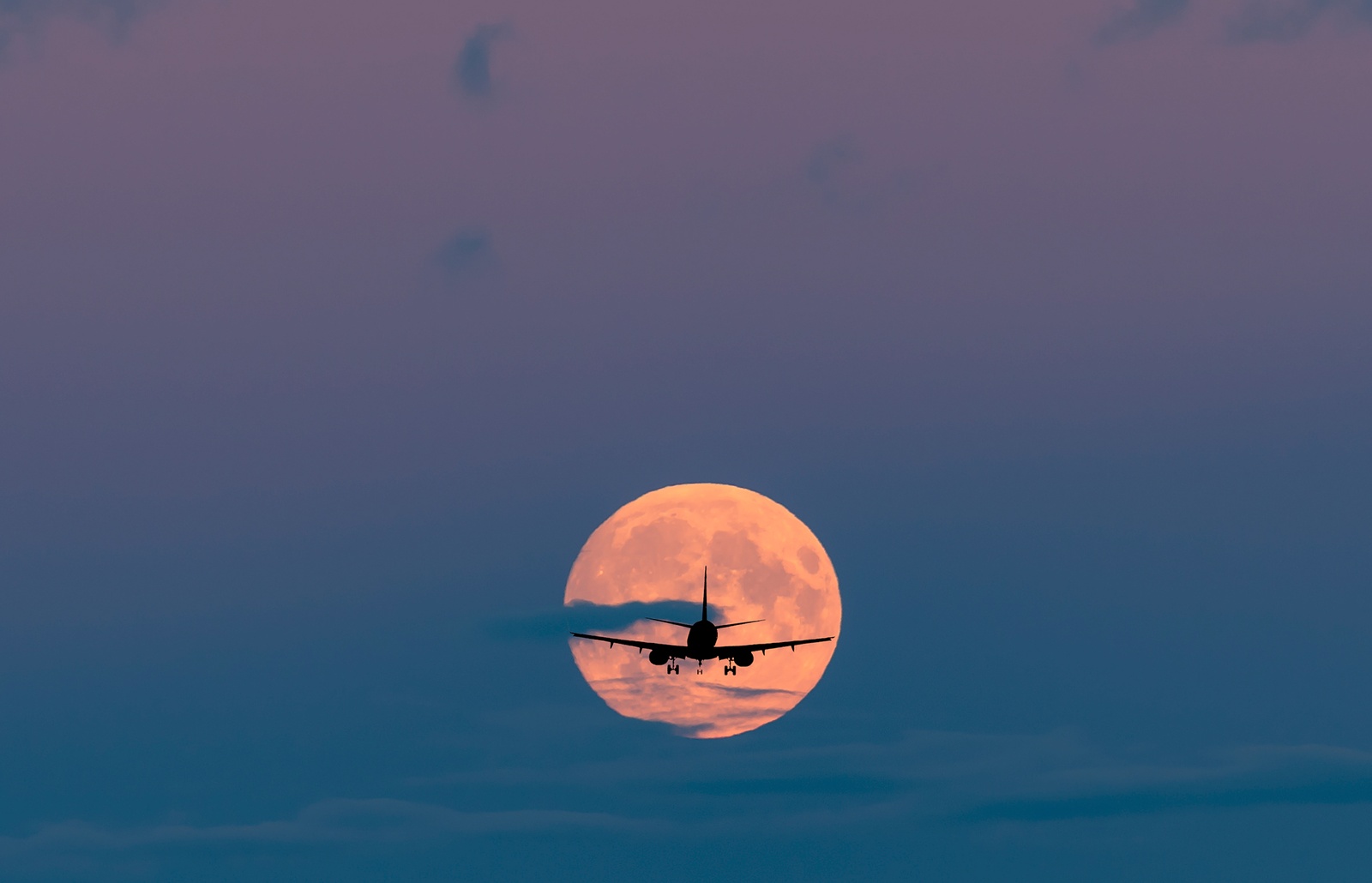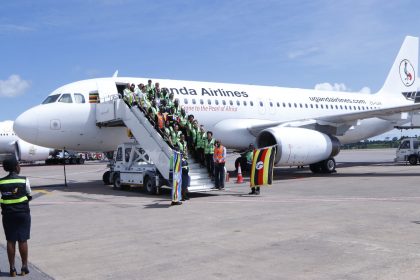IATA lauds India’s Moon mission for minimal disruption to commercial aviation

International airlines lobby IATA has commended the Indian Space Research Organisation ISRO, for its successful landing on the moon last month and a coordinated launch that minimized disruptions to commercial aviation. The remarks are contained in an article in the latest edition of Airlines Magazine, a publication in which IATA tracks industry developments and shares thought leadership on salient issues. Below, 256BN reproduces the article:
On 23 August 2023, India’s Chandrayaan-3 touched down on the south pole of the moon, the first time any nation has successfully landed at this location.
This was an historic achievement and IATA too extends its congratulations to the Indian Space Research Organization (ISRO). Also notable, is the minimal impact the rocket launch had on civil aviation.
“Rocket launches tend to be a chronic pain for the airline industry,” said Blair Cowles, IATA’s Regional Director for Operations, Safety and Security, Asia-Pacific. “Large swathes of airspace have to be declared as temporary danger zones and closed for long periods of time to cater for the rocket’s falling debris along the launch trajectory.
“As a result, airlines either plan a much longer flight path to avoid these temporary danger zones, or delay their departures,” he continued. “This has an operational impact on airlines as their passengers on the affected flights will be delayed and potentially miss their onward flight connections.”
To minimize the disruption to civil aviation, since 2018 IATA’s team in the Asia Pacific region has been tackling these challenges and issued guidance material aimed at providing best practice guidance for ballistic launches and space re-entry, from planning to launch completion.
The guidance material includes:
- Choosing a launch window to avoid busy air traffic hours.
- Selecting a launch trajectory that avoids busy air traffic zones.
- Engaging in timely coordination with civil aviation stakeholders by providing advance notice of the launch window, definitive launch confirmation, and lifting the danger zones as soon as the launch is completed.
- Providing alternative direct route segments in the airspace to avoid danger zones safely and efficiently.
- Avoiding imposing undue additional buffers in terms of timings and airspace.
This was institutionalized as State guidance material and a planning checklist through the International Civil Aviation Organization’s (ICAO) Asia Pacific Regional Office, and recommended to States when conducting rocket launches.
Following extensive engagement with the Indian authorities—the Ministry of Civil Aviation, the Directorate General of Civil Aviation, and the Airports Authority of India—the Procedures for Ballistic Launch/Space Re-entry Management and Planning were diligently followed for the Chandrayaan-3 mission. When the spacecraft took off from India’s main spaceport in the southern state of Andhra Pradesh on 14 July 2023, the disruption to civil aviation was kept to a minimum. The airspace was closed only for a short time and this was outside of busy air traffic hours and congestion zones. It was well-coordinated from initial planning through to the end of the launch. Several direct alternate route segments were offered and published in a timely manner.
Chandrayaan-3 opened a new chapter in space history. It also marked an important milestone in the collaborative airspace management for rocket launches and airline operations.
“With exponential growth in space launches forecast across Asia-Pacific, IATA urges States to develop fair and innovative ways for the safe and efficient coexistence of civil flights and space missions,” said Cowles. “One step to take is to adopt the checklist that has already been developed.”

 Brussels Airlines to announce Nairobi service
Brussels Airlines to announce Nairobi service
 SITA promises enhanced travel experience after Materna acquisition
SITA promises enhanced travel experience after Materna acquisition
 Saudia’s 105 aircraft order stretches A320neo lead over rival Max
Saudia’s 105 aircraft order stretches A320neo lead over rival Max
 Boeing refuses to pay hackers $200 million for stolen Data
Boeing refuses to pay hackers $200 million for stolen Data
 Uganda-Tanzania announce date for second joint business forum
Uganda-Tanzania announce date for second joint business forum
 Uganda Airlines leased A320 arrives in Entebbe
Uganda Airlines leased A320 arrives in Entebbe
